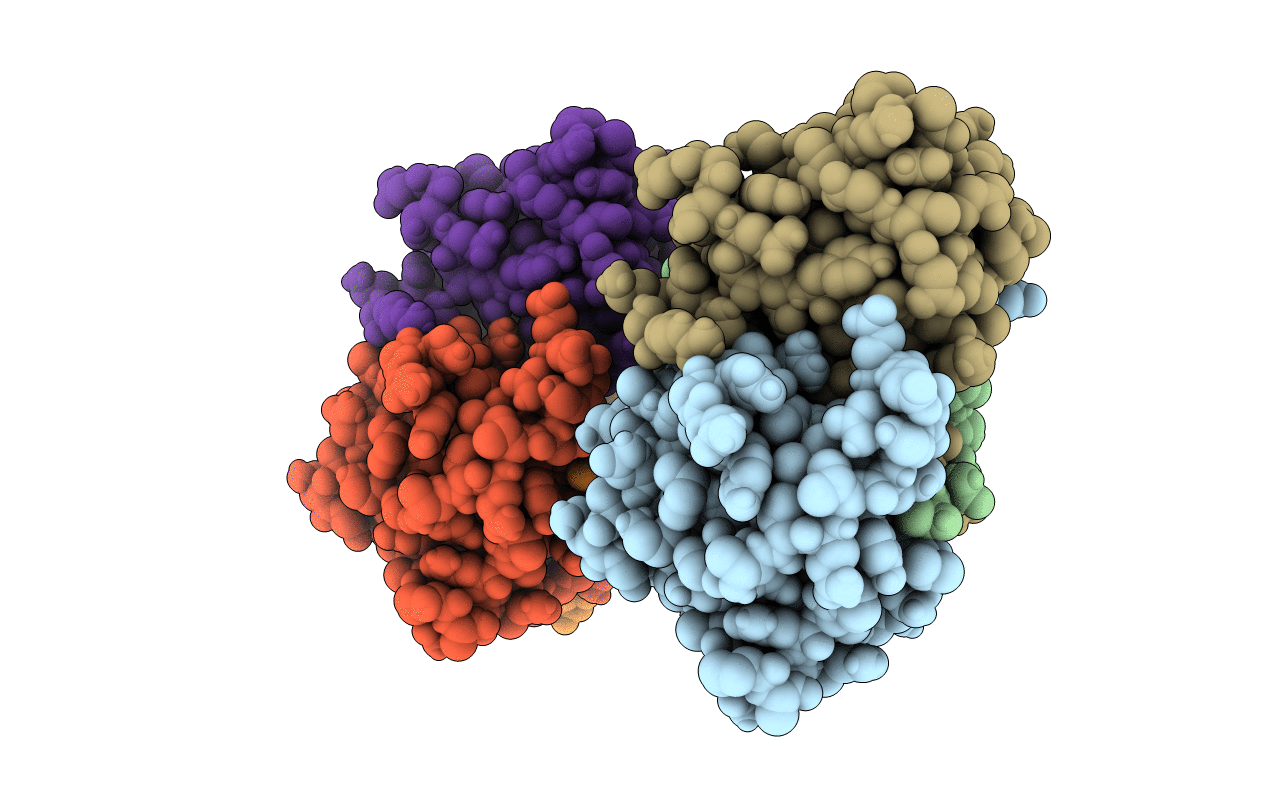
Deposition Date
1997-10-17
Release Date
1998-01-28
Last Version Date
2024-02-14
Entry Detail
PDB ID:
1LKT
Keywords:
Title:
CRYSTAL STRUCTURE OF THE HEAD-BINDING DOMAIN OF PHAGE P22 TAILSPIKE PROTEIN
Biological Source:
Source Organism:
Enterobacteria phage P22 (Taxon ID: 10754)
Host Organism:
Method Details:
Experimental Method:
Resolution:
2.60 Å
R-Value Work:
0.19
R-Value Observed:
0.19
Space Group:
P 1 21 1


